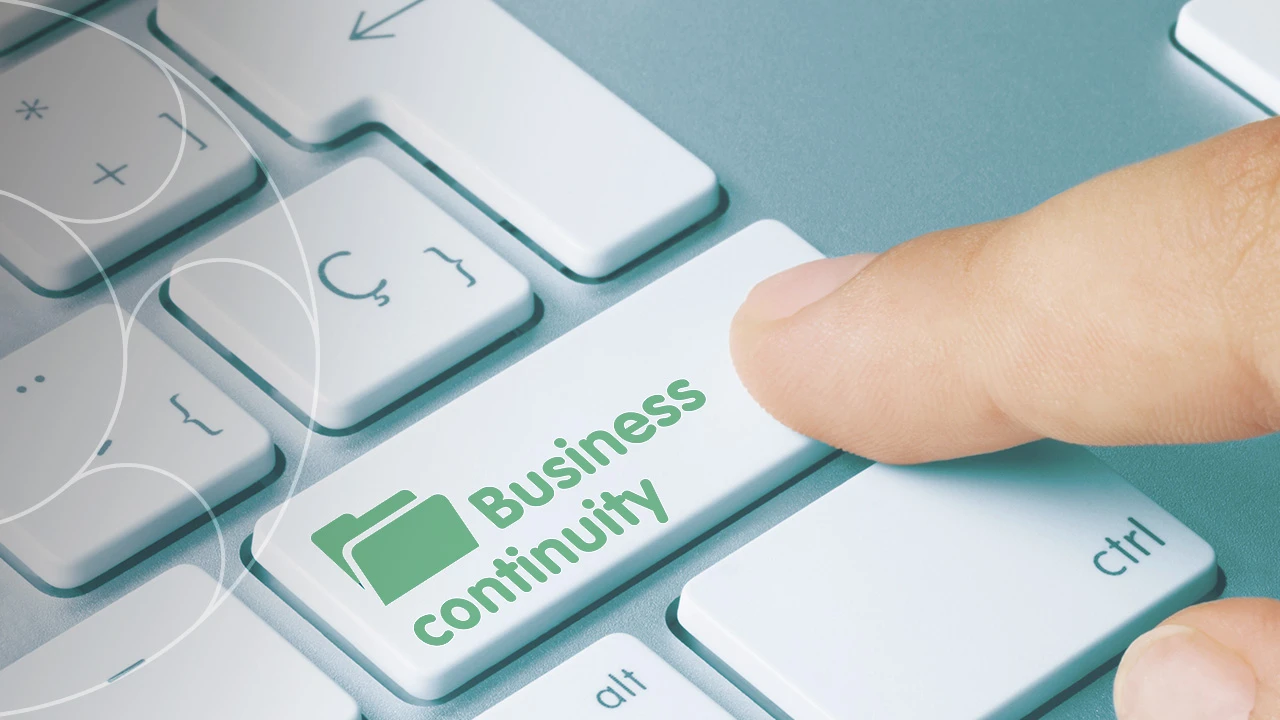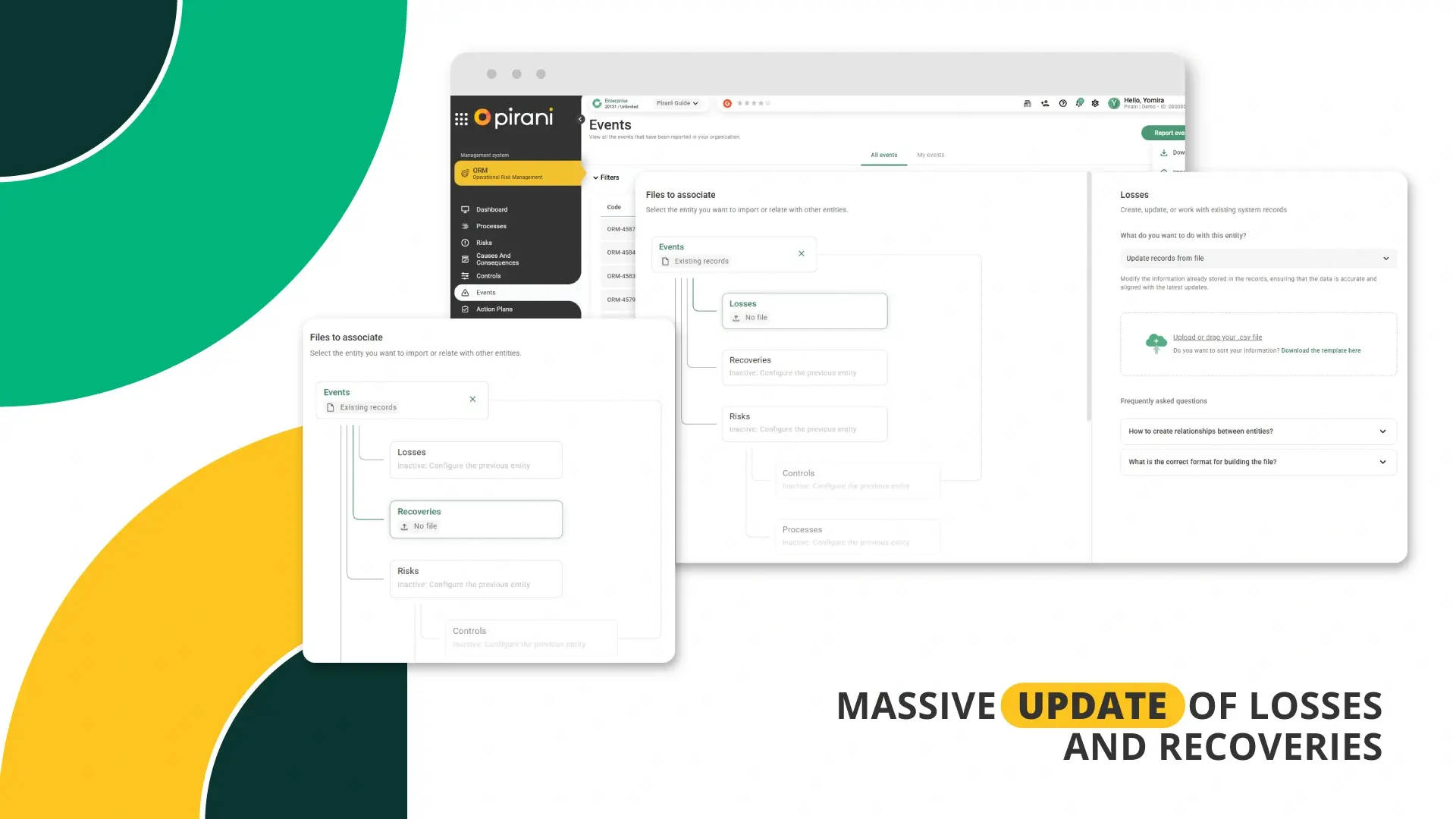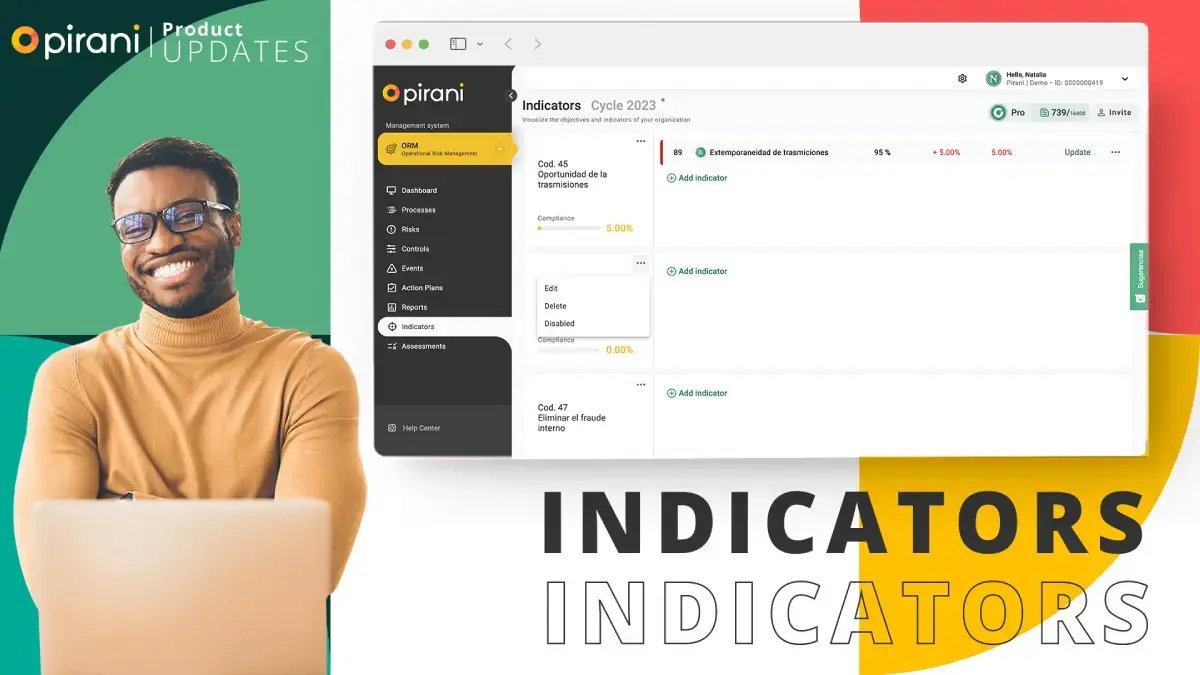Building a Culture of Risk Management in Your Business

Are you tired of constantly putting out fires in your business? It's time to shift from a reactive approach to a proactive one by building a solid risk management culture. In today's fast-paced business environment, it's not enough to react to risks as they arise – you need to anticipate and prevent them before they even happen.
Adopting a proactive approach to risk management can save your business from potential disasters and avoid unnecessary stress and costly setbacks. This article will guide you through building a risk management culture in your business, providing you with the knowledge and strategies to identify, assess, and mitigate risks effectively.
From creating a risk-aware mindset among your employees to implementing regular risk assessments and actively monitoring potential threats, this article will show you how to establish a robust risk management framework ingrained in your company's DNA. So don't wait for a crisis to strike – take control of your business's future by proactively managing risks.
The importance of risk management in business
Risk management plays a crucial role in the success and longevity of any business. It involves identifying, assessing, and mitigating potential risks that could negatively impact your business operations, finances, reputation, or even the safety of your employees and customers. Without a robust risk management framework, businesses are more vulnerable to unexpected events and crises that can disrupt operations and lead to significant financial losses.
Reactive vs. proactive risk management
Reactive risk management is the traditional approach where businesses only respond to risks after they occur. This approach often leads to a cycle of constantly putting out fires and dealing with the aftermath of a crisis. On the other hand, proactive risk management involves taking preemptive measures to identify and prevent risks before they materialize. It focuses on analyzing potential threats, implementing preventive measures, and continuously monitoring and evaluating risks to ensure timely and effective responses.
The benefits of proactive risk management
Adopting a proactive approach to risk management offers several significant benefits for your business. Firstly, it lets you be ahead of the curve by identifying and addressing potential risks early on. This proactive stance minimizes the impact of risks and increases the likelihood of successful risk mitigation. Secondly, proactive risk management fosters a culture of preparedness and accountability within your organization. It empowers employees to take ownership of risk management and encourages collaboration and communication across departments. Lastly, a proactive risk management approach enhances your company's reputation, as stakeholders will view your business as reliable, trustworthy, and well-prepared for any challenges that may arise.
Steps to building a culture of risk management
Building a culture of risk management requires a systematic and comprehensive approach. The following steps will guide you in establishing a robust risk management framework within your organization:
1. Identifying and assessing risks
The first step in building a risk management culture is to identify and assess the risks your business may face. This involves thoroughly analyzing potential risks across all business areas, such as operational, financial, legal, and reputational risks. It is essential to involve key stakeholders, including employees, managers, and subject matter experts, in this process to ensure a comprehensive understanding of the risks involved.
Once you have identified the risks, the next step is to assess their potential impact and likelihood of occurrence. This can be done through various techniques, such as risk scoring, probability analysis, and impact assessment. By understanding the magnitude of each risk, you can prioritize and allocate resources effectively to mitigate the most critical risks.
2. Creating risk management policies and proceduresAfter identifying and assessing risks, it is crucial to establish clear and concise risk management policies and procedures. These should outline the responsibilities, processes, and guidelines for managing risks within your organization. The policies and procedures should align with your business objectives and provide a framework for employees to follow when dealing with threats.
It is essential to ensure that the policies and procedures are easily accessible to all employees and regularly updated to reflect changes in the business environment. This will help create a consistent and standardized approach to risk management throughout the organization.
3. Training and educating employees on risk management
Building a risk management culture requires the active participation and understanding of all employees. Providing comprehensive training and education programs to ensure employees have the knowledge and skills to identify, assess, and manage risks effectively is essential.
The training programs should cover risk awareness, risk analysis techniques, incident reporting, and crisis management. Providing ongoing training and refresher courses to keep employees updated on emerging risks and new risk management strategies is also beneficial.
4. Integrating risk management into decision-making processes
To build a risk management culture, it is essential to integrate risk considerations into your organization's decision-making processes. This means incorporating risk assessments and analysis into strategic planning, project management, and day-to-day operations.
By embedding risk management into decision-making processes, you ensure that risks are considered at every level of the organization. This proactive approach enables you to make informed decisions that balance risk and reward and minimize the likelihood of unexpected setbacks.
5. Monitoring and evaluating risk management efforts
Finally, building a risk management culture requires ongoing monitoring and evaluation of your risk management efforts. This involves regularly reviewing and updating risk registers, tracking risk mitigation actions, and analyzing the effectiveness of risk management strategies.
By continuously monitoring and evaluating your risk management efforts, you can identify gaps or areas for improvement and make the necessary adjustments. This iterative process ensures that your risk management framework remains robust and responsive to the ever-changing business environment.
Conclusion
To truly build a risk management culture, it's essential to integrate risk management into your decision-making processes. This means considering the potential risks and their impact before making major business decisions.
Start by embedding risk management considerations into your strategic planning process. When developing your business strategies, identify the risks that could impact the successful implementation of these strategies and develop contingency plans to address them. Integrating risk management into your strategic planning process ensures that risks are proactively managed, and unforeseen events do not derail your business objectives.
In addition to strategic planning, it's important to incorporate risk management into your project management processes. Conduct risk assessments at the beginning of each project to identify potential risks and develop risk response plans. Monitor and review risks throughout the project lifecycle and adjust your goals as necessary. By integrating risk management into your project management processes, you can minimize project delays and cost overruns caused by unforeseen risks.
You May Also Like
These Related Stories

Risk Management & Business Continuity: How to Prepare for A Business Crisis

Bulk Update of Losses and Recoveries

Guide to choosing the right risk management software for your business

Optimize your processes with bulk imports

How Risk Management Links to Business Innovation

Comments (2)